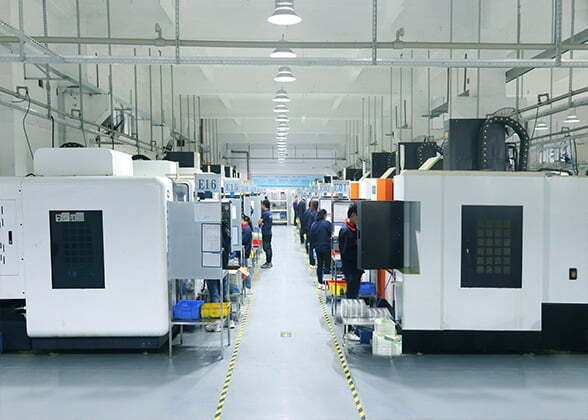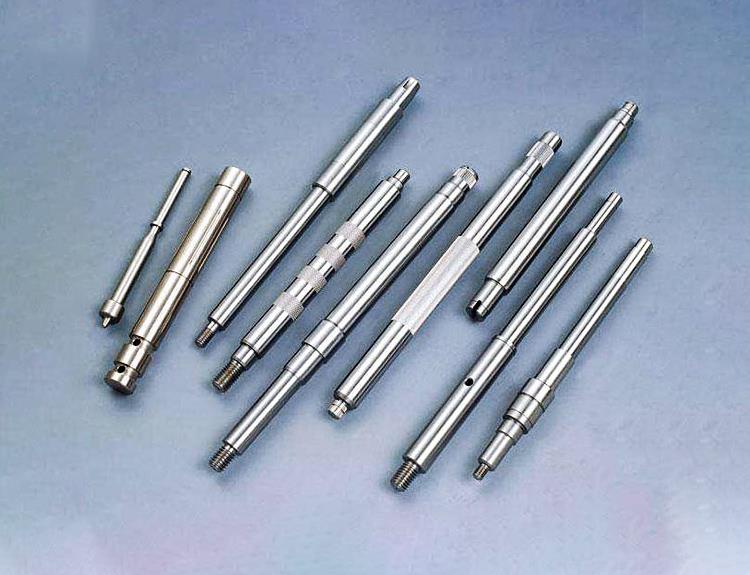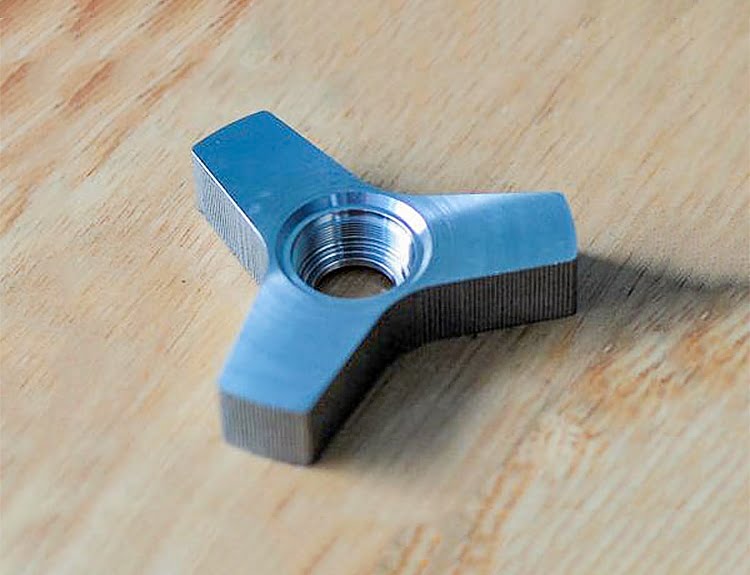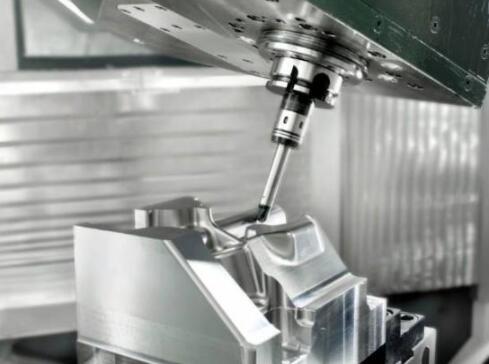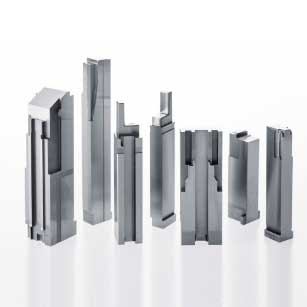3 Axis processing mode
Axis 3 is processed by linear feed axes X, Y and Z. Machining characteristics: the cutting tool direction remains unchanged during the whole cutting path movement. The cutting state of the tool tip cannot be perfect in real time.
3+2 axis processing mode
The two rotating axes fix the cutting tool at an inclined position, and then the feed axes X, Y, Z are used for processing. This kind of machine tool is also called positioning five axis machine tool, which can be programmed using the CYCLE800 function of Siemens. CYCLE800 is a static plane transformation, which can define the rotation work plane in the space through 3+2 axis machine processing (such as rotary head or rotary table). In this work plane, 2D or 3D machining operations can be programmed.
Processing characteristics: the rotary axis is always rotated to the position where the processing plane is perpendicular to the tool axis for processing, and the processing plane remains fixed during processing.
5-axis machining mode
The 5-axis processing consists of the linear interpolation movement of the feed axis X, Y, Z and the rotation axis A, B, C around X, Y, Z. Siemens' motion conversion command TRAORI can well support 5-axis conversion.
Machining features: tool direction can be optimized during the whole path movement, and tool linear movement can be carried out at the same time. In this way, the best cutting condition can be maintained on the whole path.
Simultaneous processing of 28 parts with five axes

How can the advantages of the five axis machine be reflected? Here is an example of Haas UMC-750P machine tool processing 28 parts at the same time. Through the design of turntable and fixture, and the combination of three machining surfaces of the part in a five axis machining program, the cycle time can be reduced.
The turntable can expand the original processing space through accurate positioning. The well-designed fixture can not only improve the processing efficiency, but also reduce the idle of the machine, from which the operators can also draw themselves out.

By designing a more compact fixture and making full use of the processing space provided by the turntable, 28 parts can be processed at a time.
In the manufacture of the fixture, an aluminum alloy with the size of 114mm * 114mm * 550mm is selected as the base, a positioning pin is selected as the positioning, and a pressing fixture with smaller processing space is selected for faster clamping.
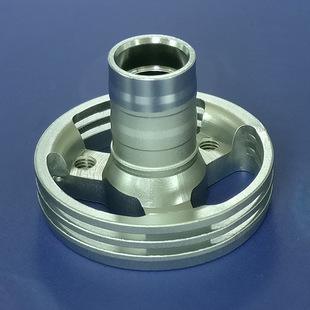
Then, mill the four surfaces of the base, process one locating pin hole for each part, two slots for avoiding the void to lock the fixture, and two threaded holes for locking, which are all the manufacturing steps.
The whole set of fixture consists of 28 locating pins, 56 locating locking blocks (reusable), 56 screws and wrenches. This fixture design can reduce the original processing time from 264 seconds to 202 seconds (excluding clamping time). This means that the processing time has been reduced by 23.5%
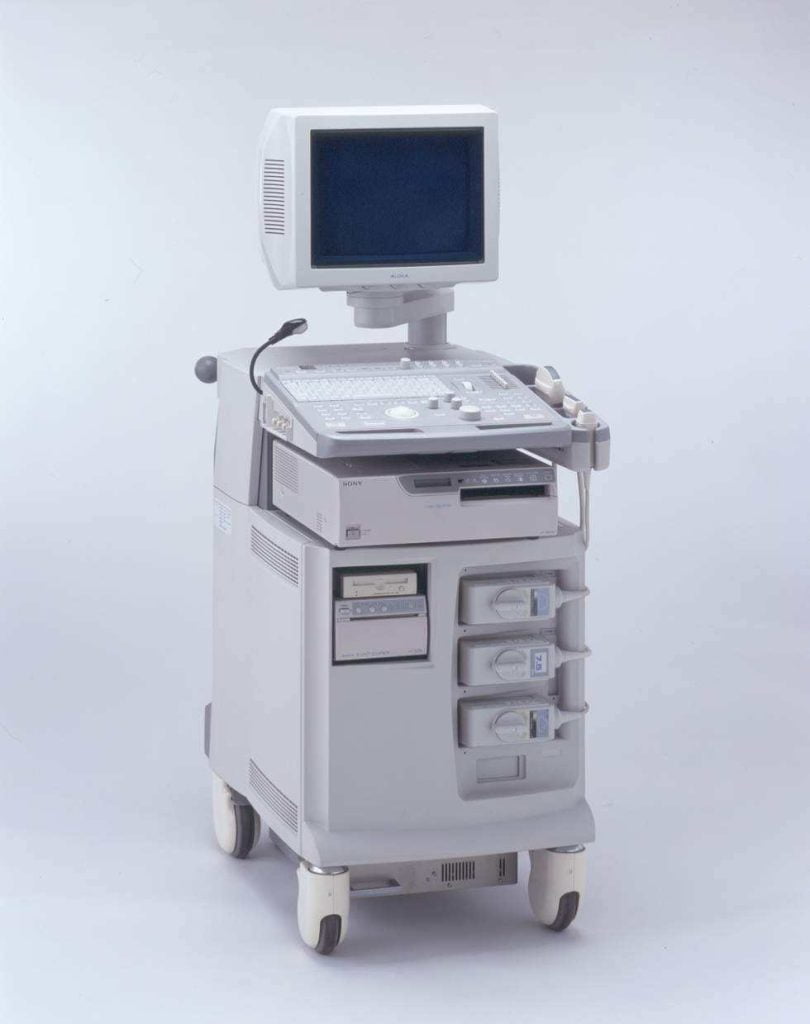
Moreover, since the processing program has merged the three processing surfaces of the part into one processing program, the cycle time of a single program has become 95 minutes. During this period, the machine has been processing without waiting for frequent clamping by the operator, which will greatly reduce the labor intensity of the operator.

